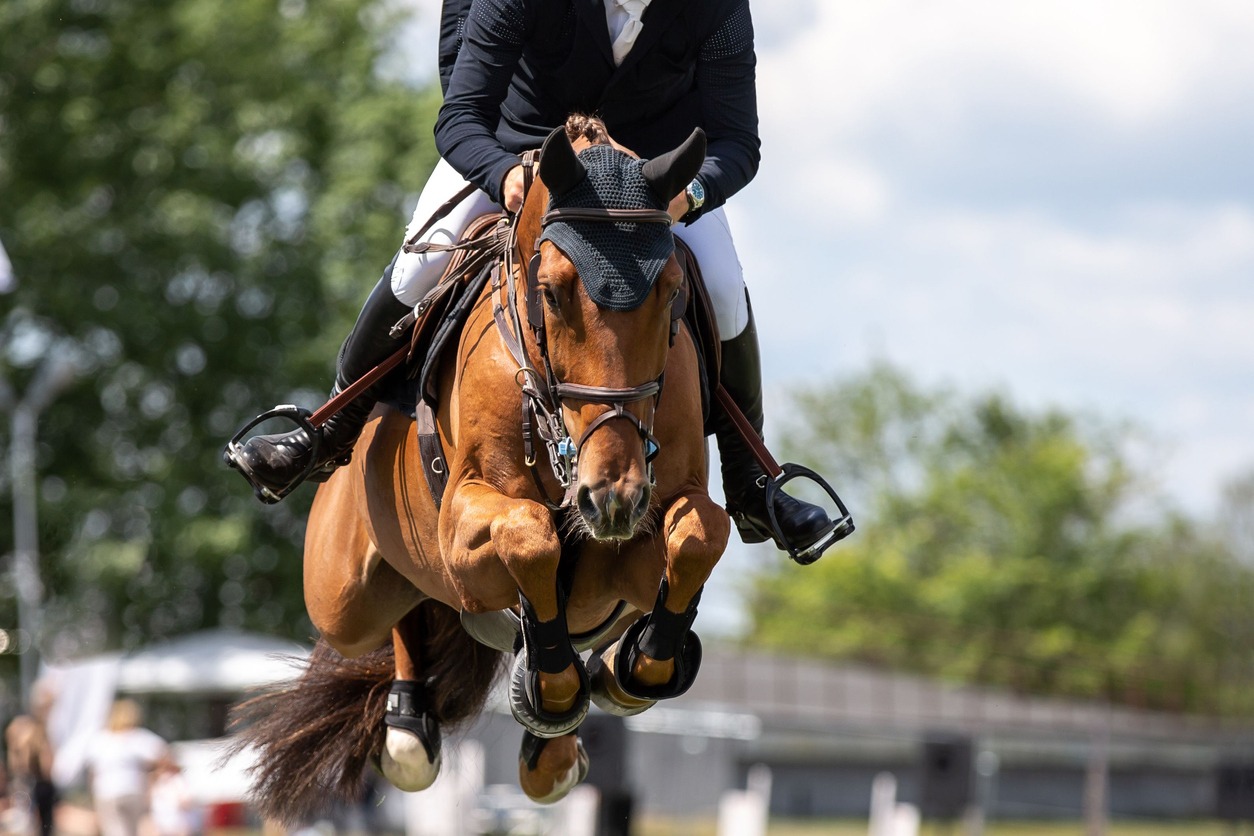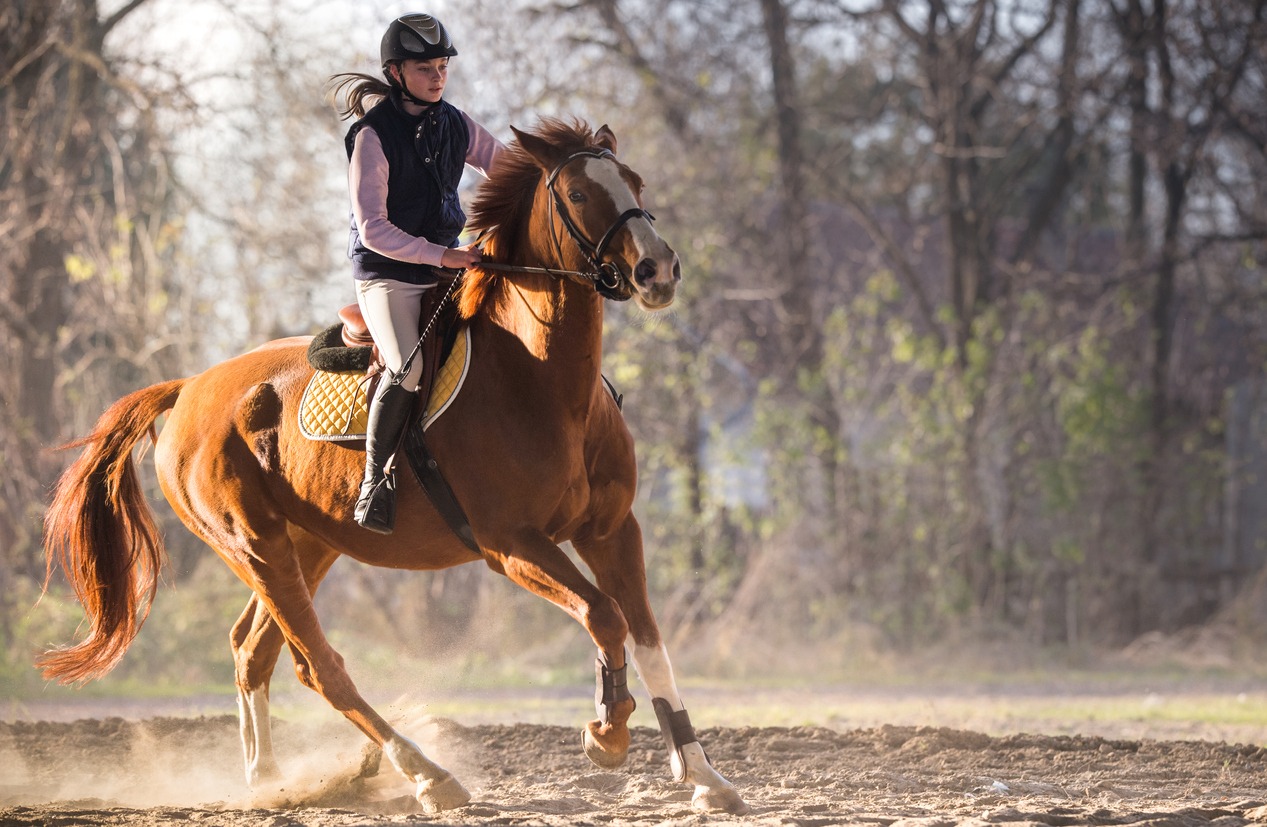Horseback riding has been a beloved pastime and sport for centuries, dating back to ancient civilizations. However, as the world has evolved, so have the various styles and techniques of this equestrian activity. From the graceful movements of dressage to the adrenaline-fueled excitement of show jumping, there is a riding style for everyone to enjoy.
Whether you are a beginner looking to learn about the different styles or a seasoned rider seeking to expand your knowledge, this guide will provide a comprehensive overview of the various horse-riding styles.
Western Riding Style
The roots of Western riding can be traced back to the early 19th century when it evolved as a practical way for cowboys to work on ranches and herds. With its deep connection to the American frontier, Western riding carries an undeniable sense of adventure and independence. It embodies the spirit of the Wild West, where riders would traverse vast landscapes, herding cattle and taming the untamed.
One of the key characteristics that distinguishes Western riding from other styles is the saddle. The Western saddle, with its large, deep seat and high pommel and cantle, provides the rider with a secure and comfortable base. This saddle design allows riders to spend long hours in the saddle, making it ideal for ranch work and endurance rides. Additionally, Western riders often use a single-handed rein grip, allowing them to hold and manipulate tools such as a lariat while riding.
Western riding also has its own set of techniques that riders must master. One of the most prominent techniques is the “neck reining” method. Unlike direct rein riding, where the rider pulls the reins to steer the horse, neck reining involves using light pressure from the reins against the horse’s neck to indicate the desired direction. This subtle cue allows riders to have one hand free while maintaining control and precision in their movements.
Reining
Originating from the traditional movements of ranch work in the American West, reining has evolved into a highly technical and competitive sport. It involves a series of maneuvers, including spins, stops, and circles, performed at high speeds with fluidity and grace.
The rider must have a deep understanding of the horse’s movements and be able to communicate subtle cues through reins, seat, and leg aids. The goal of reining is to execute each maneuver with the utmost accuracy and harmony between rider and horse.
Cutting
Cutting is a highly specialized discipline within the equestrian world, requiring exceptional skill and precision from both horse and its rider. This style is derived from the working techniques of ranchers and cowboys, where horses are trained to separate individual cattle from a herd.
The rider must have expert control over their horse, using subtle shifts in body weight and precise rein movements to guide the horse’s movements.
Barrel Racing
Barrel racing is a thrilling and fast-paced equestrian sport that requires a unique riding style. The key to success in this sport is a combination of speed, agility, and precision. The rider’s position and technique play a crucial role in navigating the horse around the pattern of barrels in the shortest amount of time.
A proper barrel racing riding style involves a deep seat, balanced posture, and strong core engagement. The rider must have quick reflexes and be able to anticipate the horse’s movements to guide them through the turns with finesse.
English Riding Style
The English riding style, originating from Europe, has gained popularity worldwide for its elegance, precision, and versatility. With its roots in the military, the English style is characterized by a close contact between the rider and the horse.
One of the key differences between English and Western riding styles lies in the equipment used. English riders typically use a lighter saddle and bridle, allowing for closer contact with the horse. This close contact enables riders to have a more direct and subtle influence on the horse’s movements. In contrast, Western riders use a heavier saddle with a horn and a different style of reins, reflecting the style’s origins in ranch work and cattle herding.
Proper posture and position are crucial in English riding. Riders must maintain an upright posture, with their shoulders back, head up, and heels down. This alignment promotes balance and stability, allowing the rider to communicate effectively with the horse through their seat, legs, and hands. The rider’s hands should be soft and steady, providing gentle guidance to the horse without unnecessary pressure or tension.
Dressage
When it comes to horse riding styles, there is one that stands out for its grace, precision, and artistry – dressage. A sub-category of the English riding style, at the core of dressage lies a set of key principles and techniques that guide riders in achieving the desired level of precision and artistry. These principles include suppleness, impulsion, and submission.
Suppleness refers to the horse’s flexibility and ability to move with ease, while impulsion emphasizes the horse’s forward energy and willingness to perform. Submission, perhaps the most crucial aspect, highlights the horse’s obedience and willingness to respond to the rider’s aids.
Show Jumping
Show jumping riding style is a highly technical and disciplined form of equestrian sport. It requires both horse and rider to work in harmony, with the goal of navigating a course of obstacles in the most efficient and precise manner. The rider must have a strong and balanced position, utilizing subtle cues and precise timing to guide their horse over fences of varying heights and widths.
This style of riding demands physical and mental strength, as well as a deep understanding of the horse’s movement and capabilities. To excel in show jumping, a rider must possess a combination of technical skill, athleticism, and a strong partnership with their equine partner.
Eventing
Eventing is a challenging and dynamic discipline in the equestrian world that requires a unique riding style. The eventing riding style is a combination of dressage, show jumping, and cross-country riding. It requires the rider to have a strong and balanced position, with the ability to adjust quickly to varying terrain and obstacles.
The rider must also have a deep understanding of their horse’s movements and be able to communicate effectively through subtle aids. This style demands not only physical strength and agility, but also mental focus and strategy. Eventing riders must possess a high level of skill and precision, making it a true test of horsemanship.
Endurance Riding
Endurance riding is not for the faint of heart. Endurance riders must be in top shape to endure long hours in the saddle and to be able to handle the physical demands of riding for extended periods. Mental strength is also crucial, as riders often find themselves navigating through challenging terrains and unpredictable weather conditions.
Communication between rider and horse is essential, as riders need to be able to read their horse’s signals and respond accordingly. Patience and understanding are vital when it comes to training and conditioning the horse for long-distance rides.
When it comes to equipment and gear, endurance riders rely on a range of specialized items to ensure comfort and safety on their rides. Lightweight and breathable saddles and tack are essential to prevent rubbing and discomfort during long hours in the saddle. The right saddle fit is crucial to prevent any unnecessary strain on the horse’s back. Also, riders need to invest in quality riding apparel that provides protection from the elements while allowing freedom of movement.
Conclusion
Horse riding styles are as diverse and unique as the individuals who practice them. Each style requires a certain level of skill, knowledge, and physical fitness, making it important to carefully choose the right style for you. Whether you prefer the elegance of dressage, the thrill of show jumping, or the challenge of western riding, the bond and connection between horse and rider remains at the heart of all styles.





